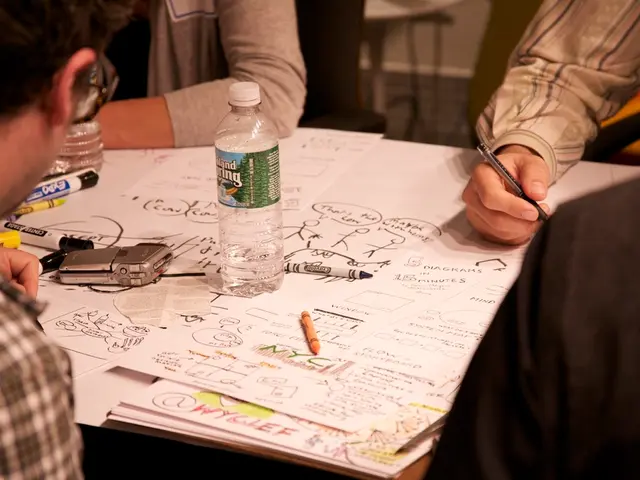Heart-related emergencies in youth: Essential information
In contrast to adults, heart attacks in children are relatively rare and their causes differ significantly. This article aims to shed light on the key symptoms, common causes, and treatments for heart attacks in children.
A healthcare professional can assess a child using a variety of diagnostic tools such as chest X-rays, electrocardiograms, echocardiograms, an exercise stress test, or a cardiac catheterization study. However, the symptoms of hypertrophic cardiomyopathy, a condition that affects approximately 1 in 200,000 children, can mimic those of a heart attack.
Common causes of heart attacks or sudden cardiac events in children include congenital heart defects, Kawasaki disease, rheumatic heart disease, myocarditis, heart rhythm disorders, inherited electrical disorders, hypertrophic cardiomyopathy, arrhythmogenic right ventricular cardiomyopathy, chest trauma, and lifestyle factors in teenagers.
Congenital heart defects, present from birth and affecting blood flow, are one of the key causes. Another, Kawasaki disease, is an acquired condition that affects children under five years in the United States, causing inflammation and the formation of coronary artery aneurysms. Rheumatic heart disease, resulting from untreated streptococcal infections causing valve damage, is another concern. Myocarditis, viral infections causing inflammation of the heart muscle and electrical pathway disruption, is a leading cause of sudden cardiac arrest in children.
Heart rhythm disorders, inherited electrical disorders such as Long QT syndrome or Brugada syndrome, and conditions like hypertrophic cardiomyopathy and arrhythmogenic right ventricular cardiomyopathy, all lead to heart muscle abnormalities and the risk of sudden death. Lifestyle factors such as poor diet, lack of exercise, and stress may increase the risk in teenagers, leading to early heart problems more typical of adults.
Chest trauma due to injury or accident can be a rare cause of heart attack in children. It is essential to note that chest pain is rarely a symptom of a heart attack in children. Other causes of chest pain can include musculoskeletal causes, respiratory conditions, gastrointestinal causes, and mental or emotional disorders.
Parents should watch for key symptoms indicating possible heart issues or heart attacks in children and teens. These include chest pain or discomfort, shortness of breath, fatigue or unusual tiredness, dizziness or fainting, palpitations or irregular/rapid heartbeats, and other subtle signs such as stomach pain or unexplained malaise. Any of these signs should prompt immediate medical evaluation, especially if persistent or recurrent.
Prompt diagnosis and treatment are crucial for children experiencing possible signs of a heart attack or other related conditions. Alteplase has become the most common fibrinolytic drug in children for treating heart attacks. Other treatments may include hospitalization for supportive care, anticoagulant medications, beta-blockers, and coronary angioplasty.
The hospital survival for adolescents without any underlying heart disease is excellent, and the need for surgical coronary artery intervention is uncommon. However, early diagnosis and management are critical for preventing tragic outcomes.
It is important to remember that while heart problems in children are rare, they can have severe consequences. Recognising and responding quickly to the symptoms can significantly improve the chances of successful treatment and recovery. Always consult a healthcare professional if you are concerned about your child's health.
- In addition to hypertrophic cardiomyopathy, symptoms mimicking heart attacks can also appear in other medical-conditions, such as rheumatic fever.
- Pfizer, a science-based pharma company, extensively researches medical-conditions like Long QT syndrome to develop treatments for heart rhythm disorders.
- Apart from chest pain, symptoms like shortness of breath, mental-health issues (like dizziness or fainting), and even unexplained malaise can indicate potential heart-and-wellness problems in children.
- If left untreated, rheumatic heart disease can lead to cardiovascular-health issues, causing damage to heart valves.
- Alteplase, a common fibrinolytic drug used in children, is crucial for treating heart attacks promptly, emphasizing the importance of timely medical evaluation and intervention in children's health.




